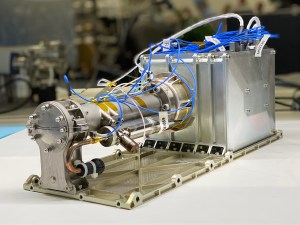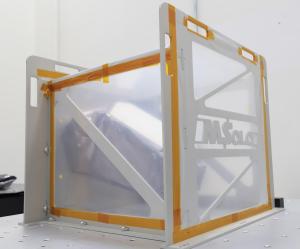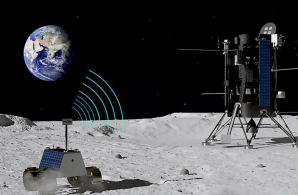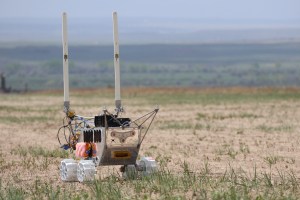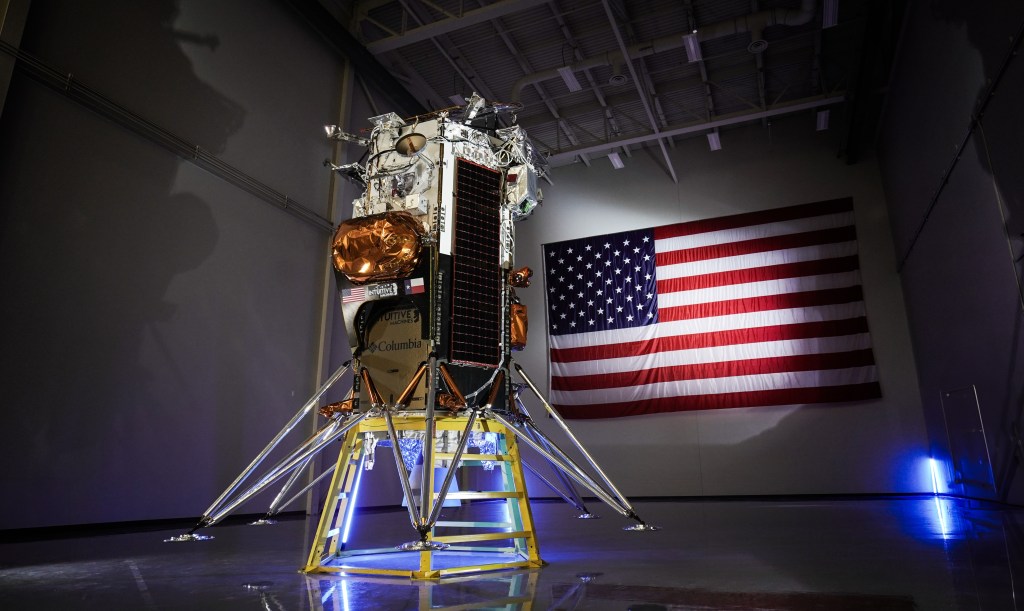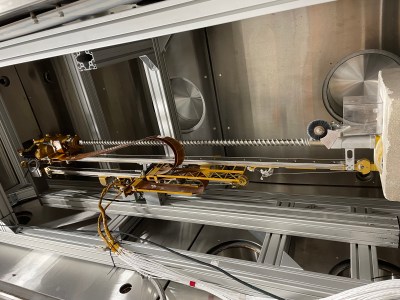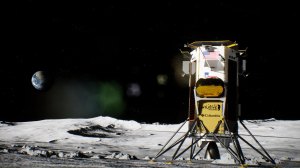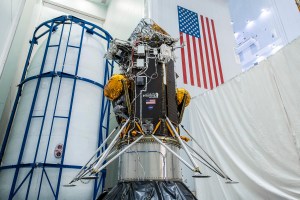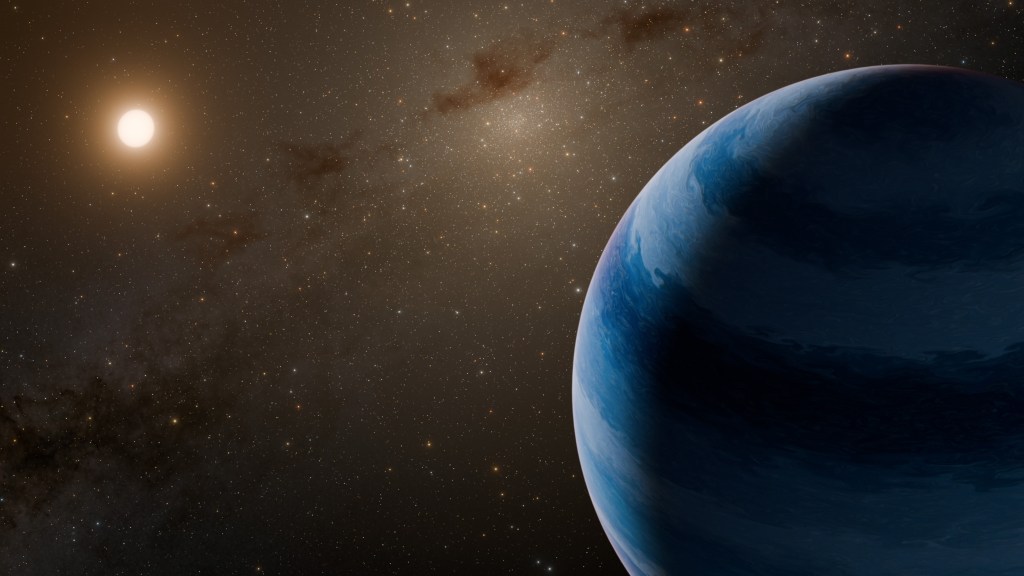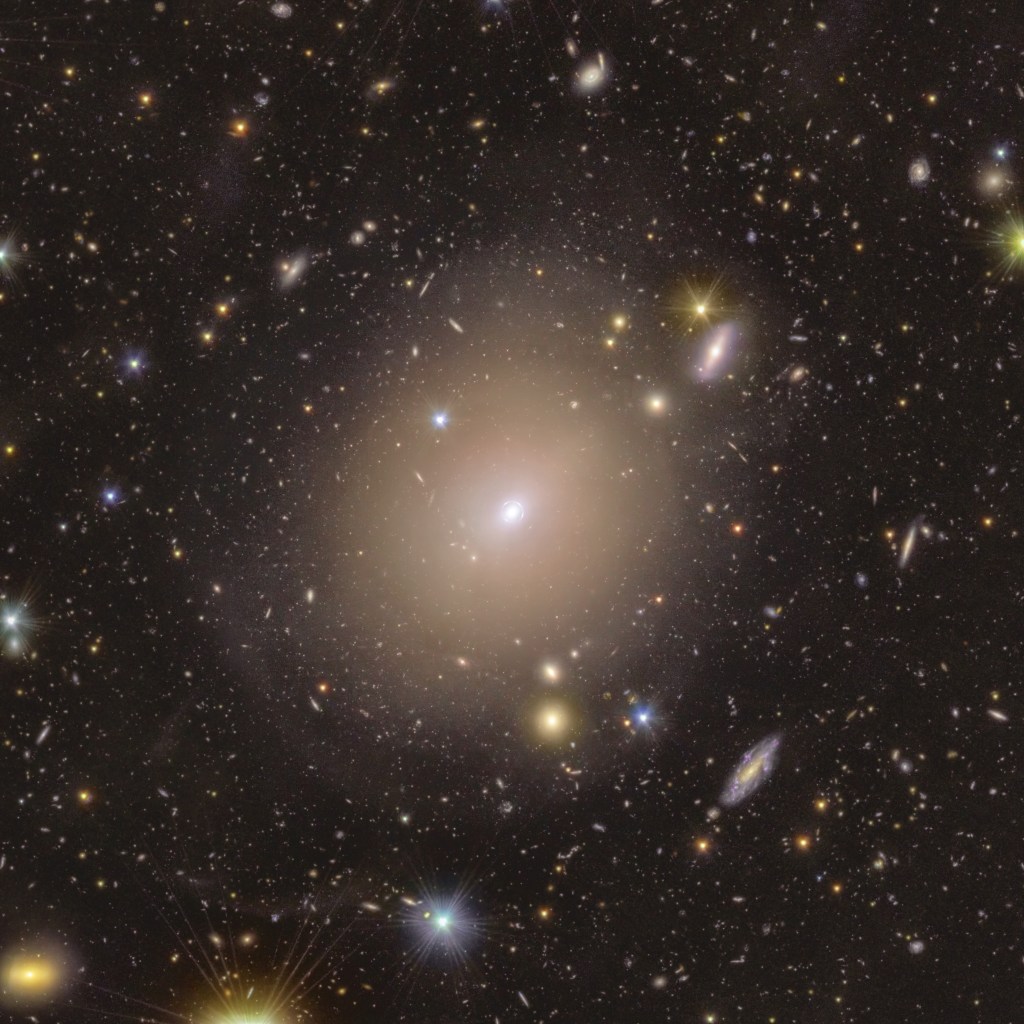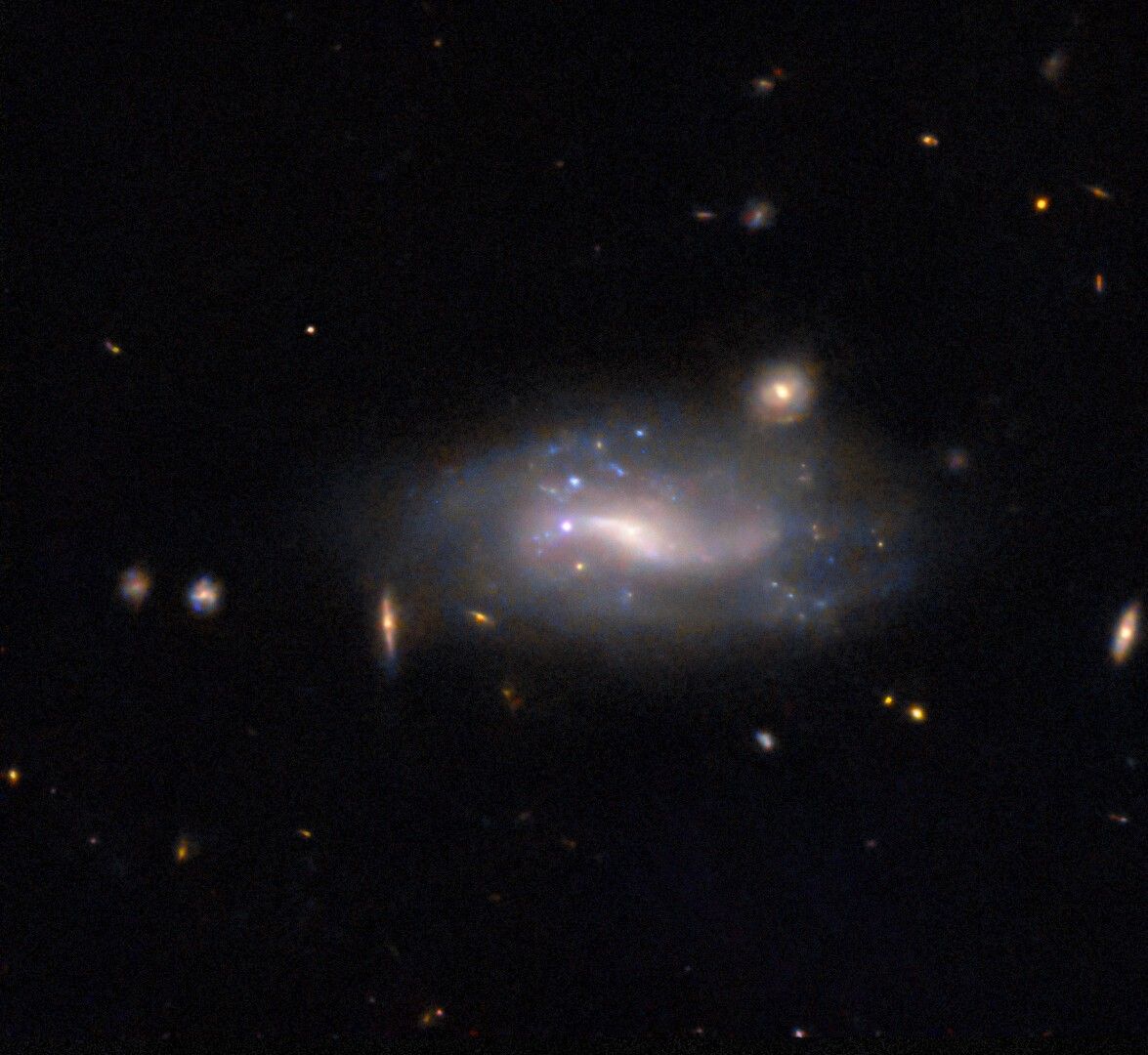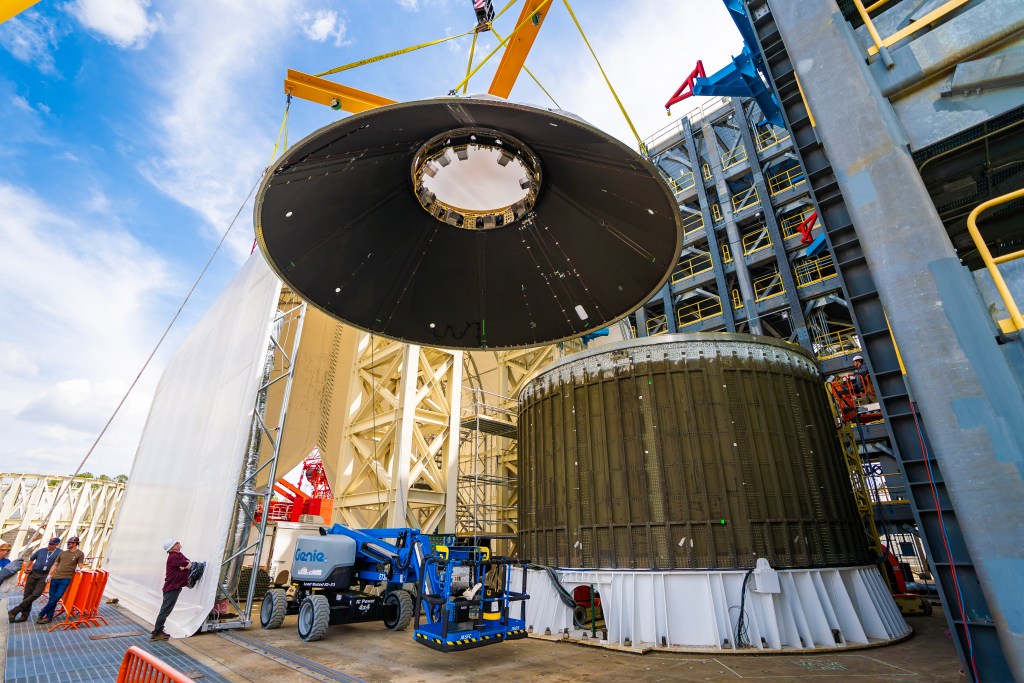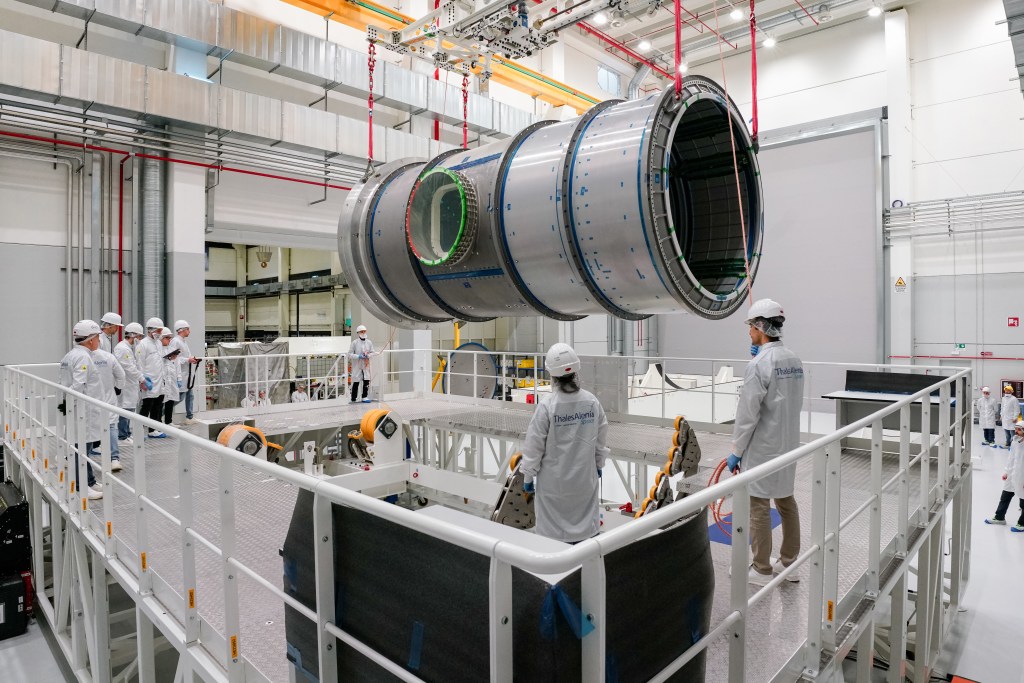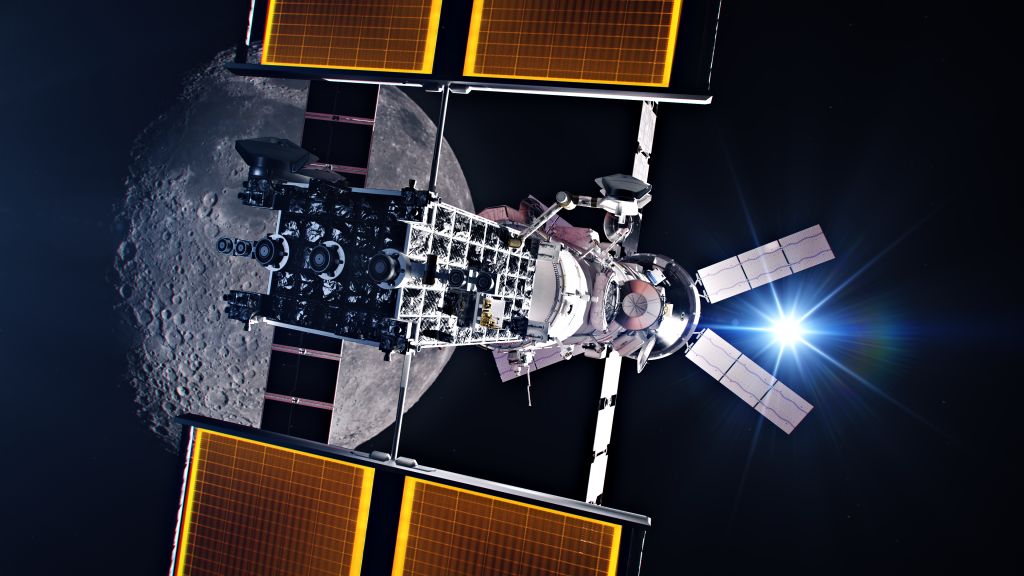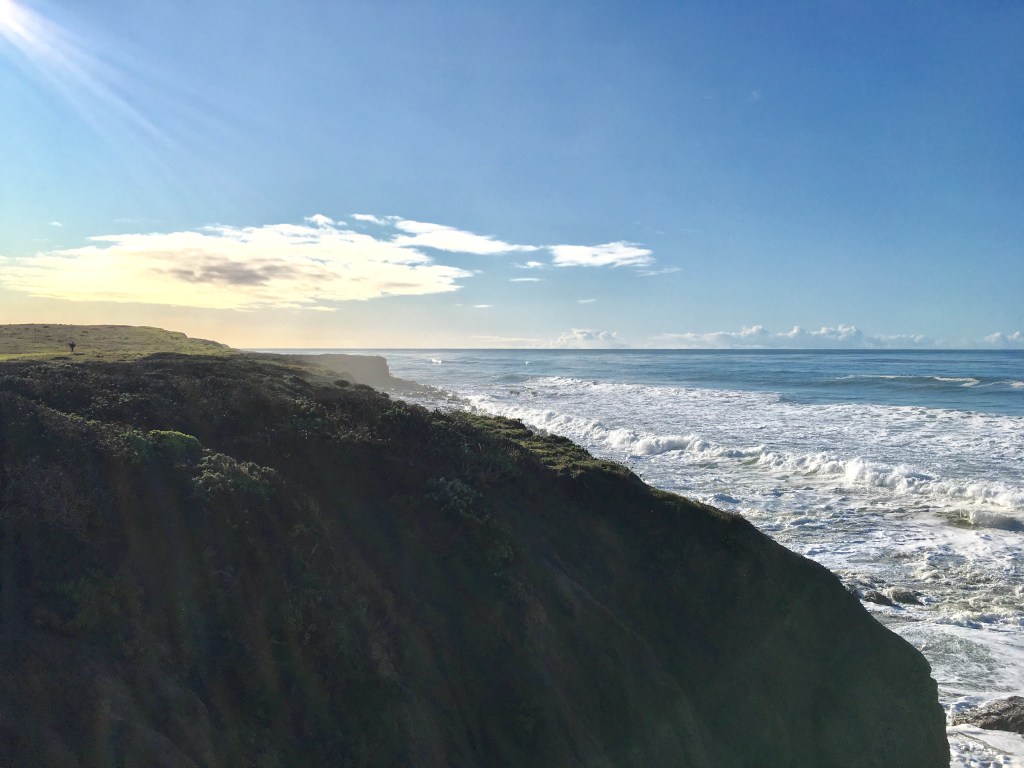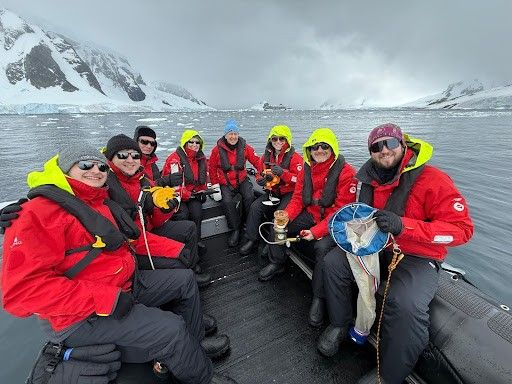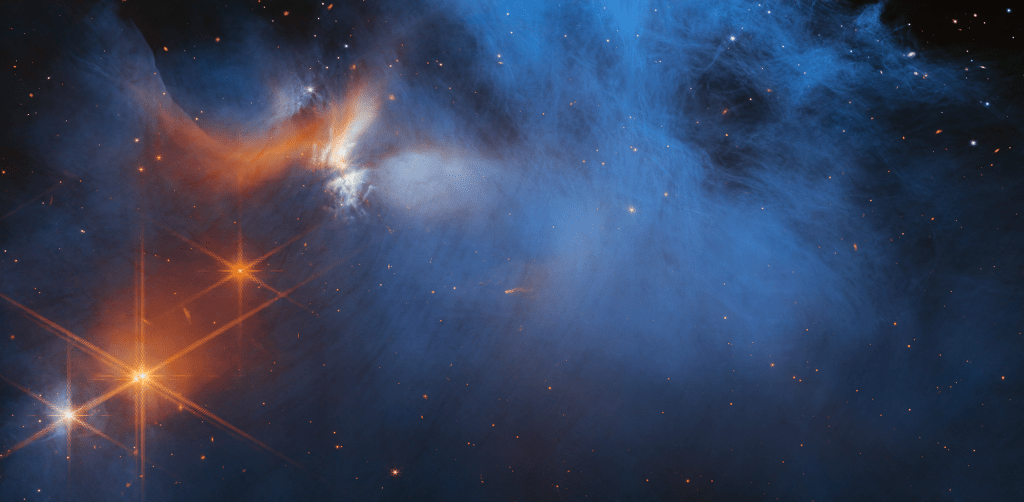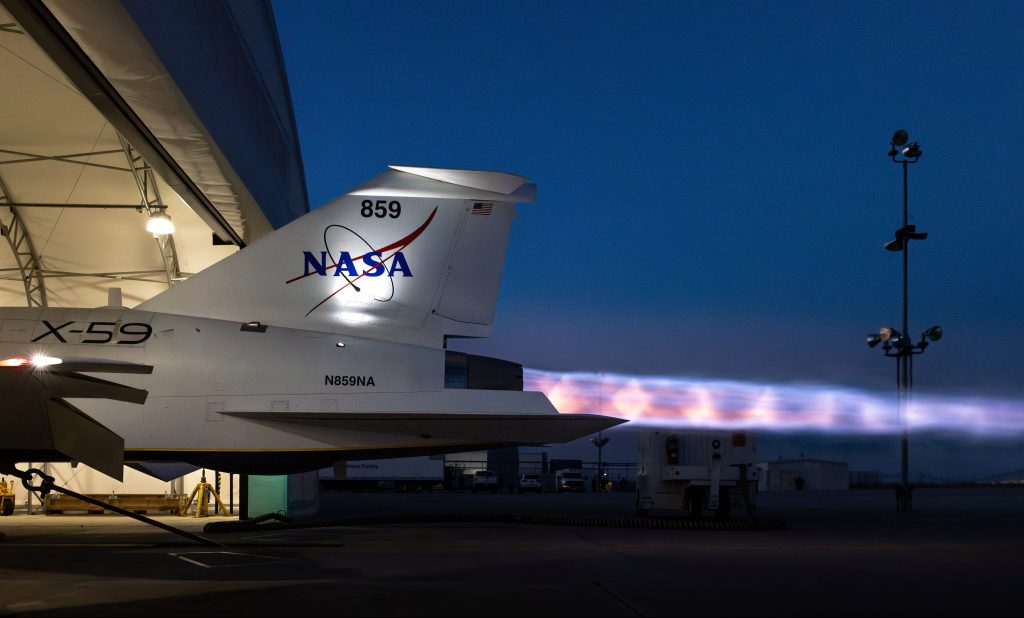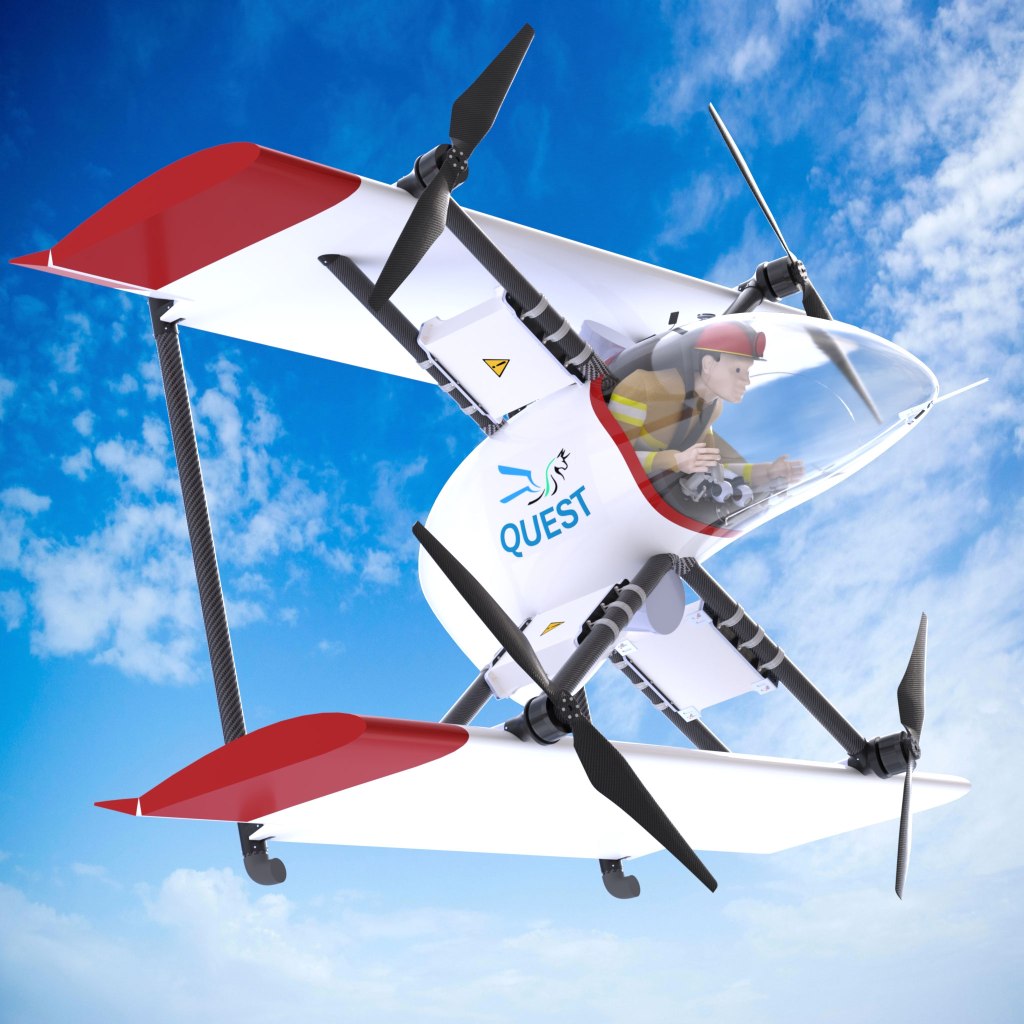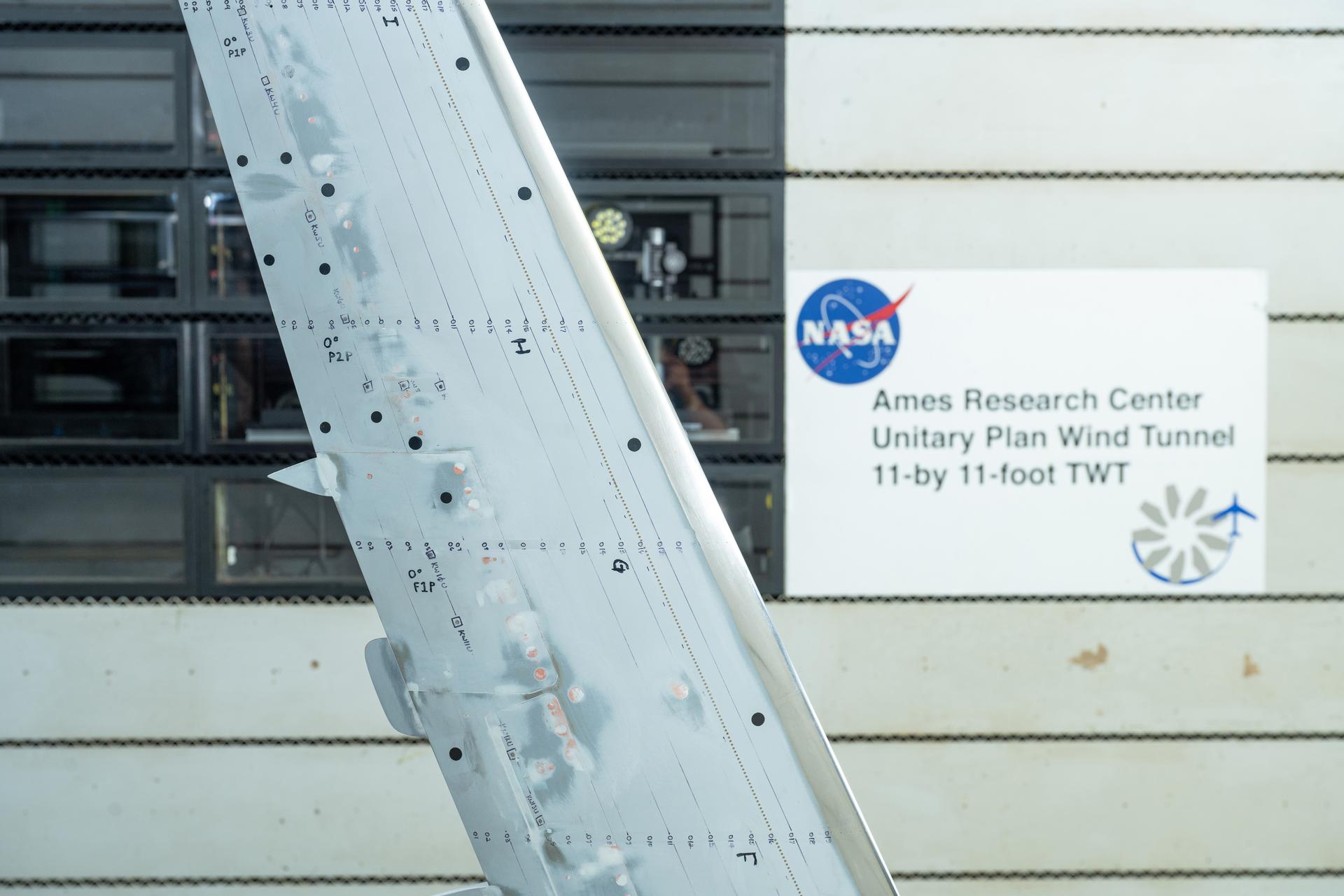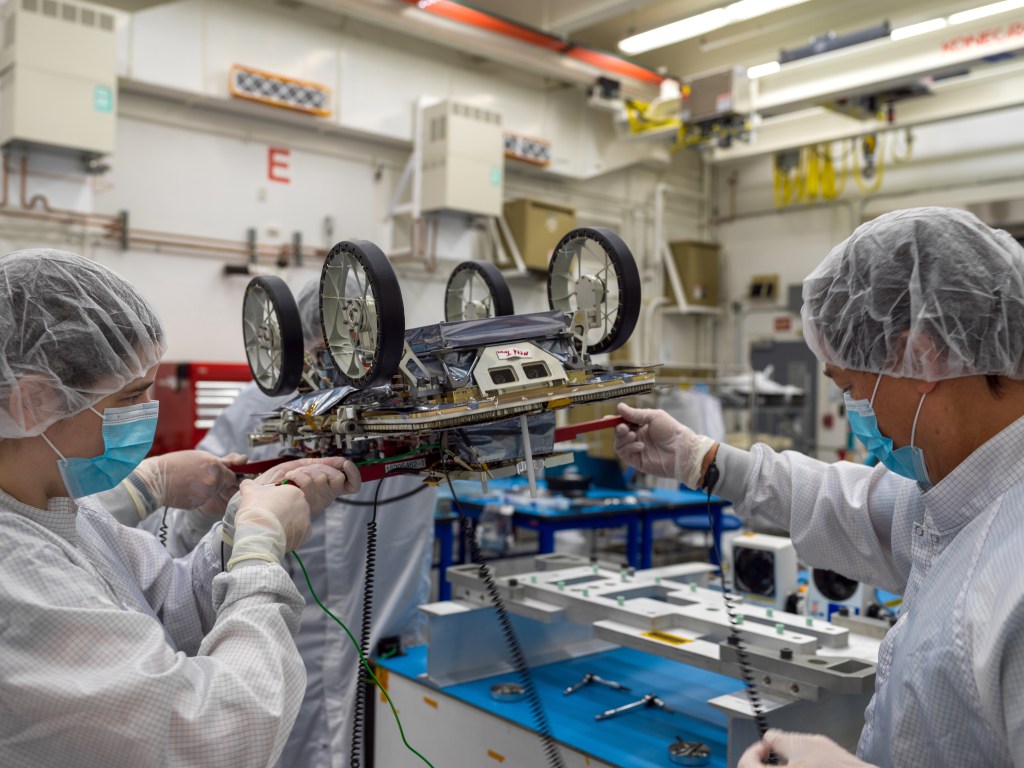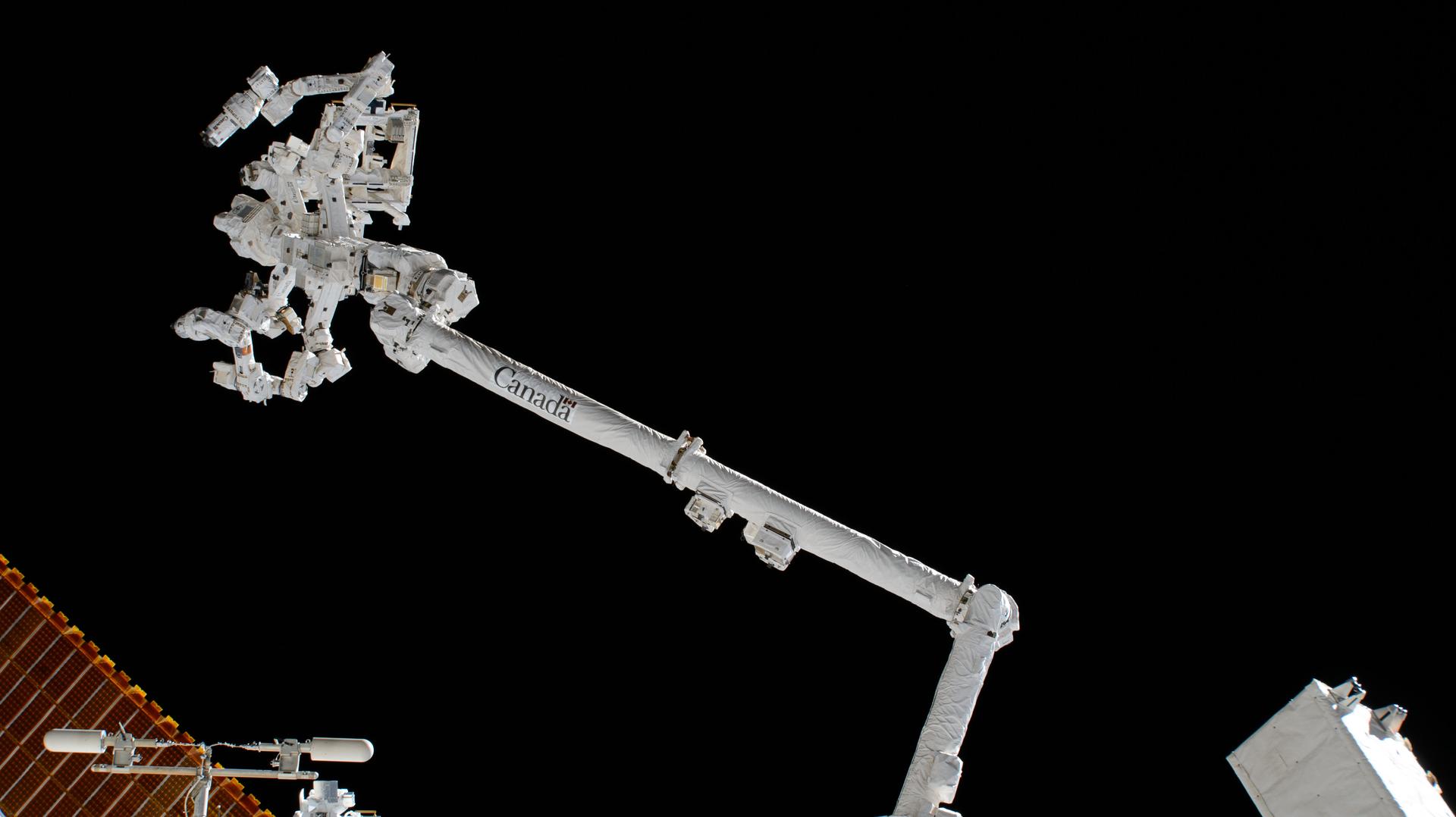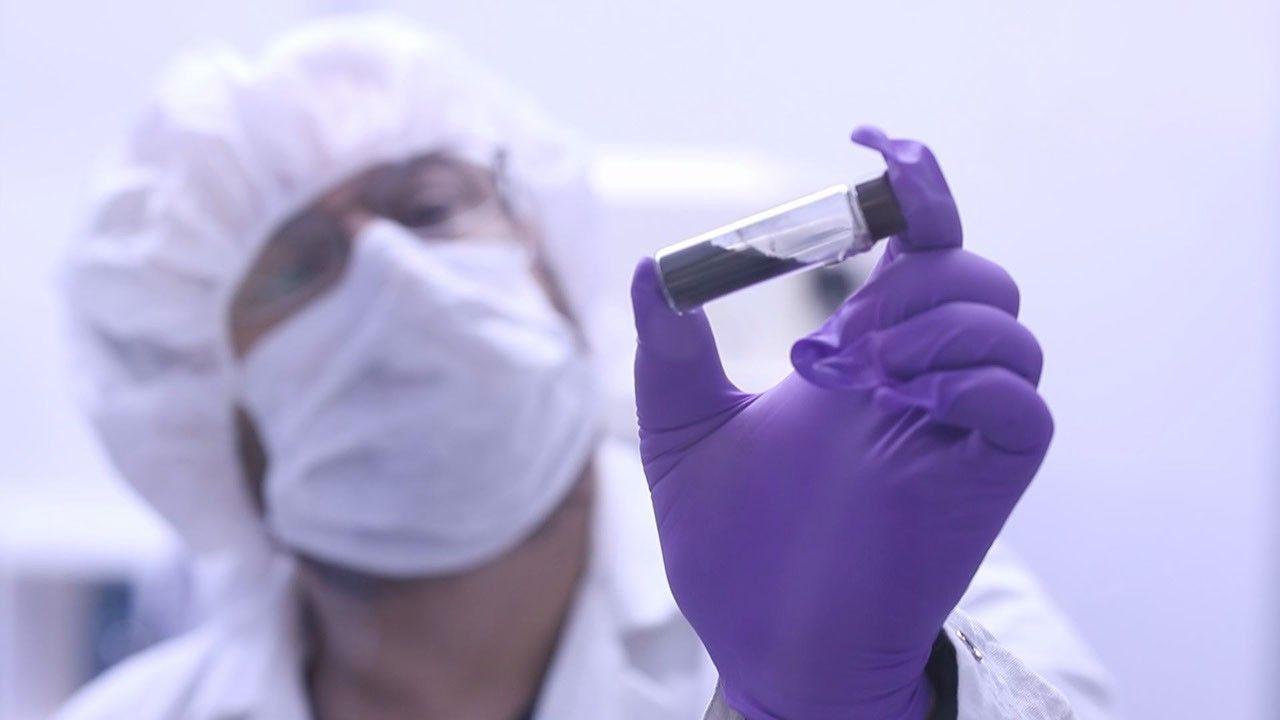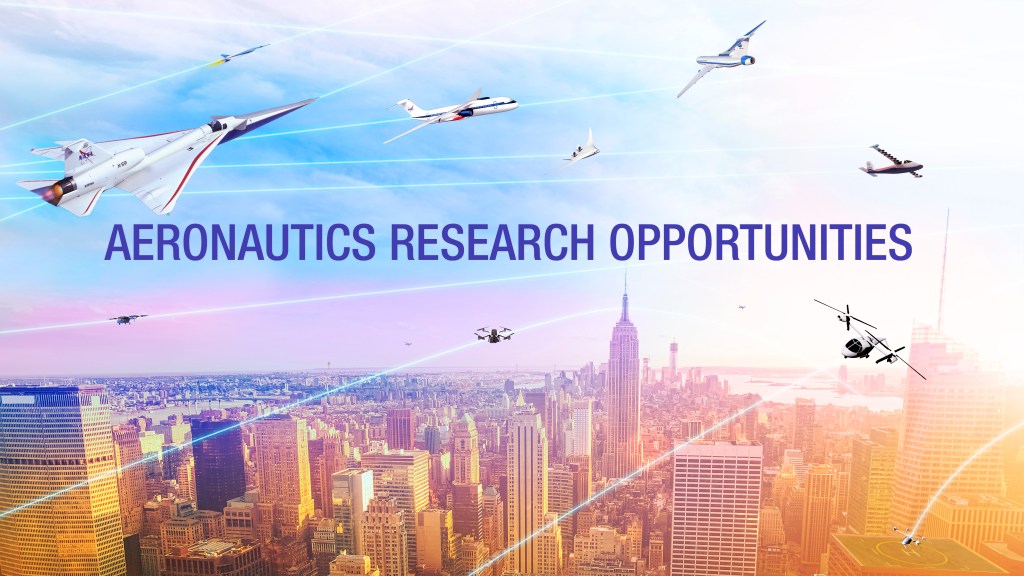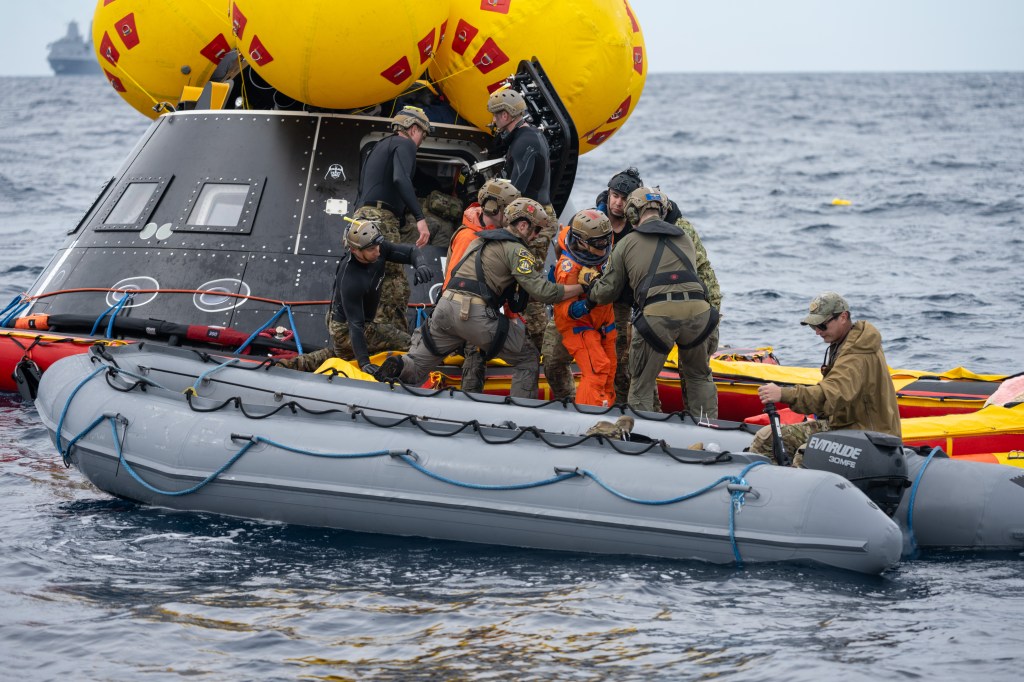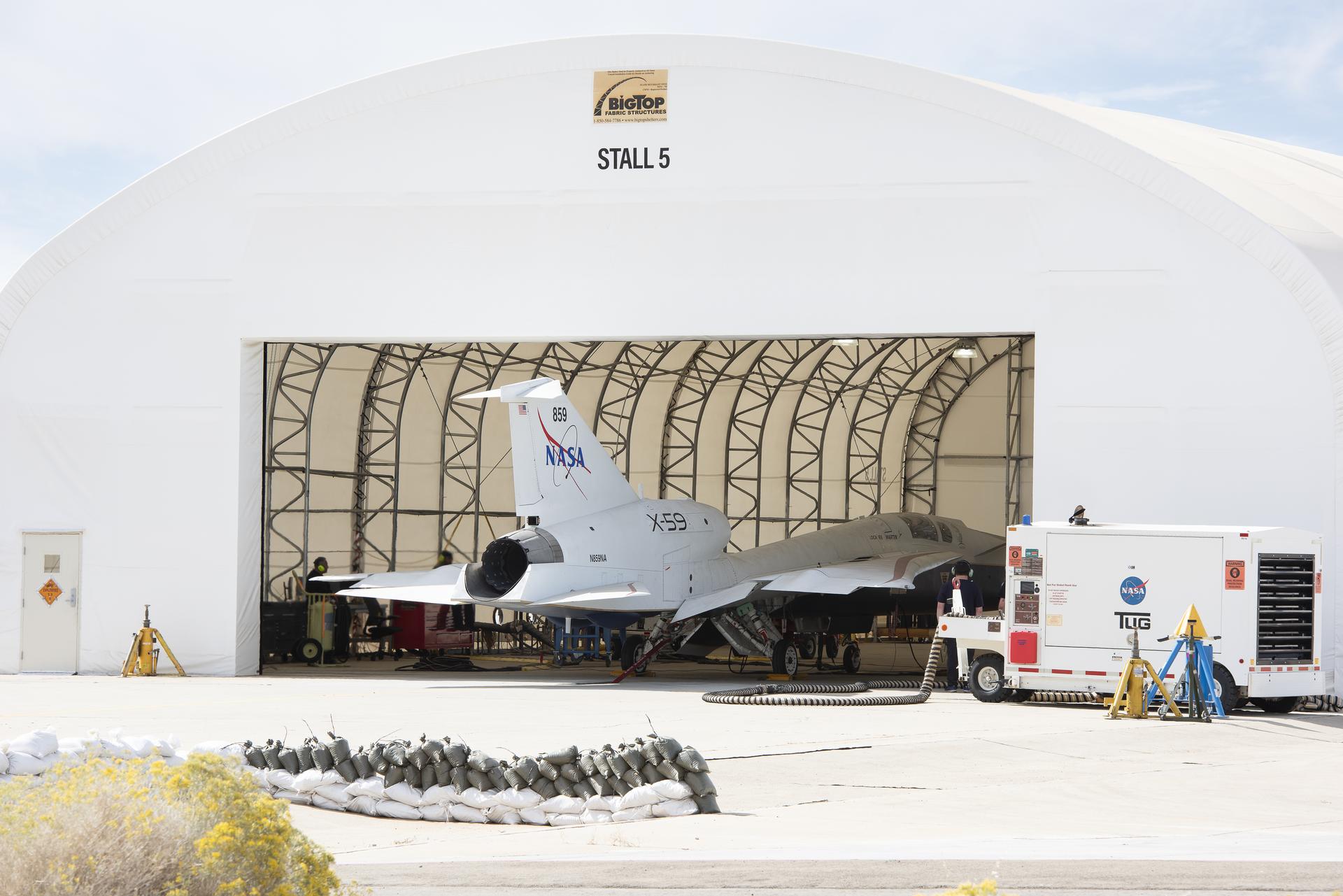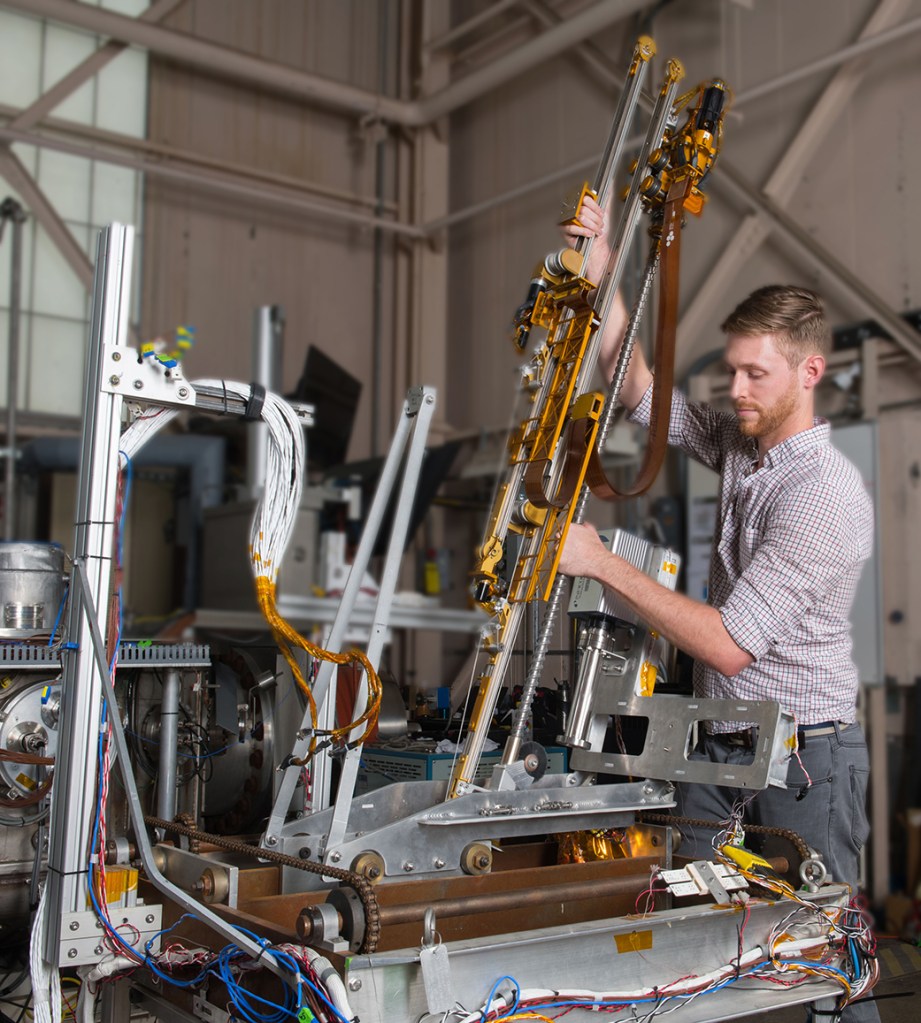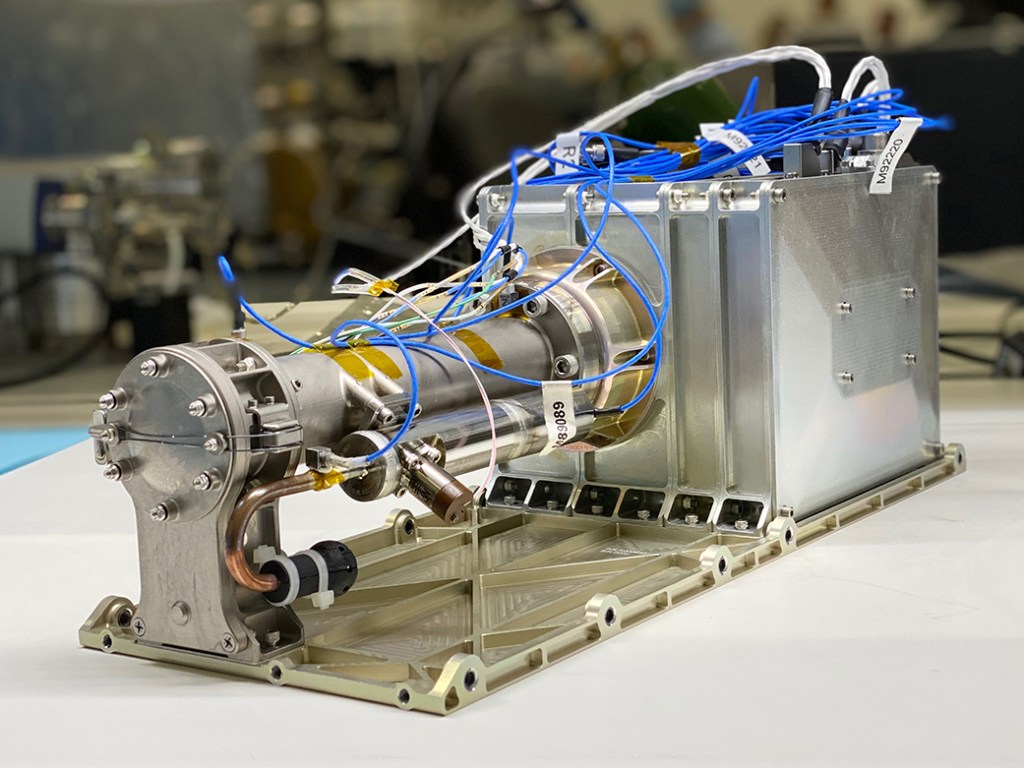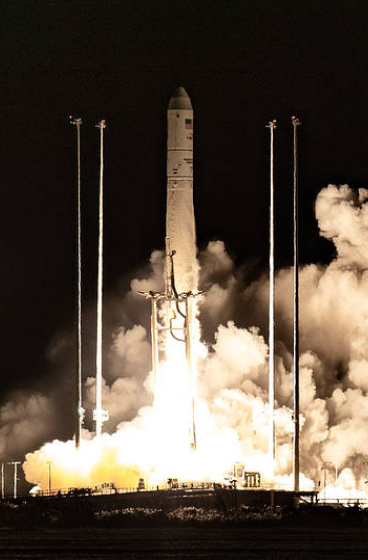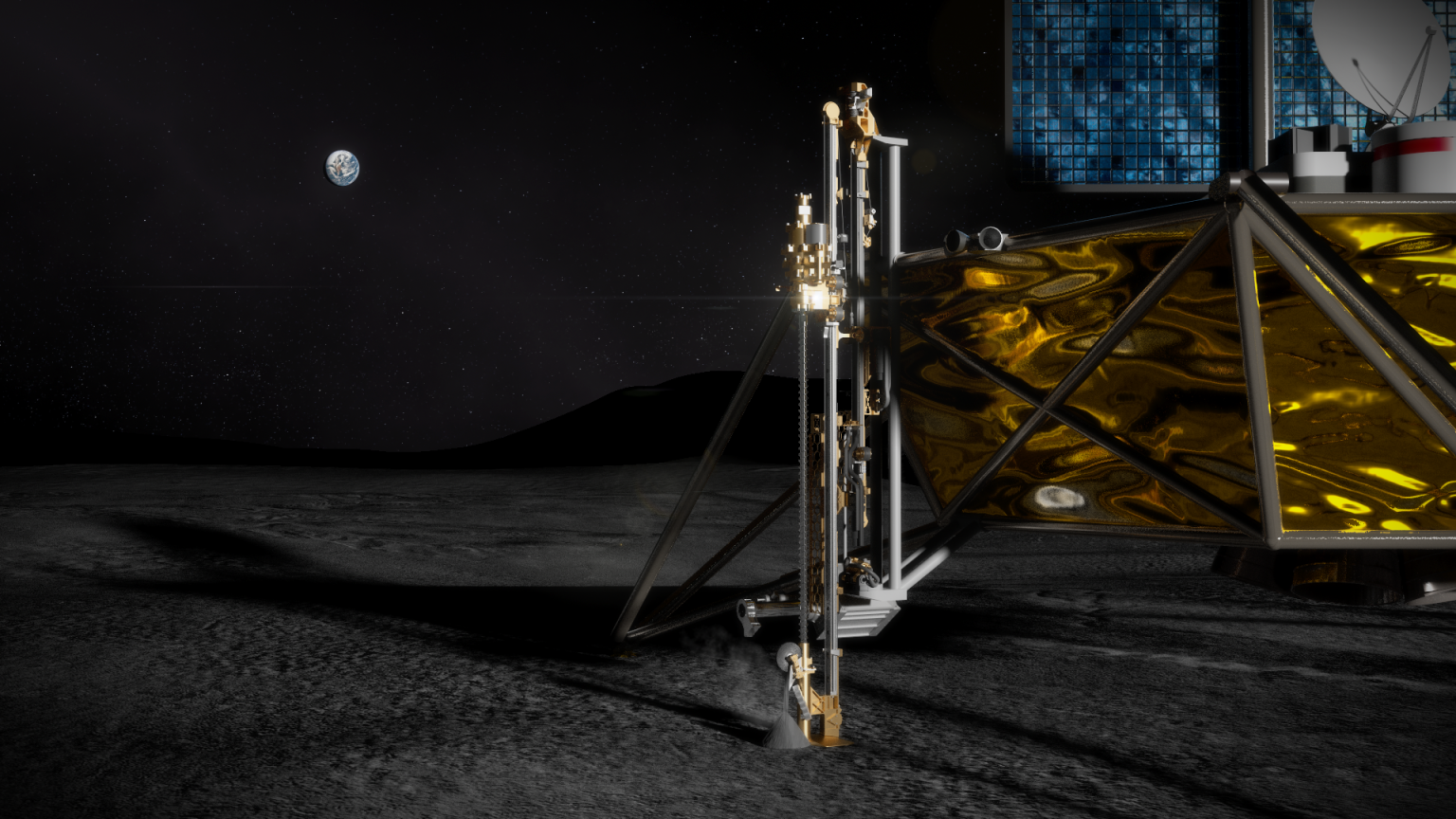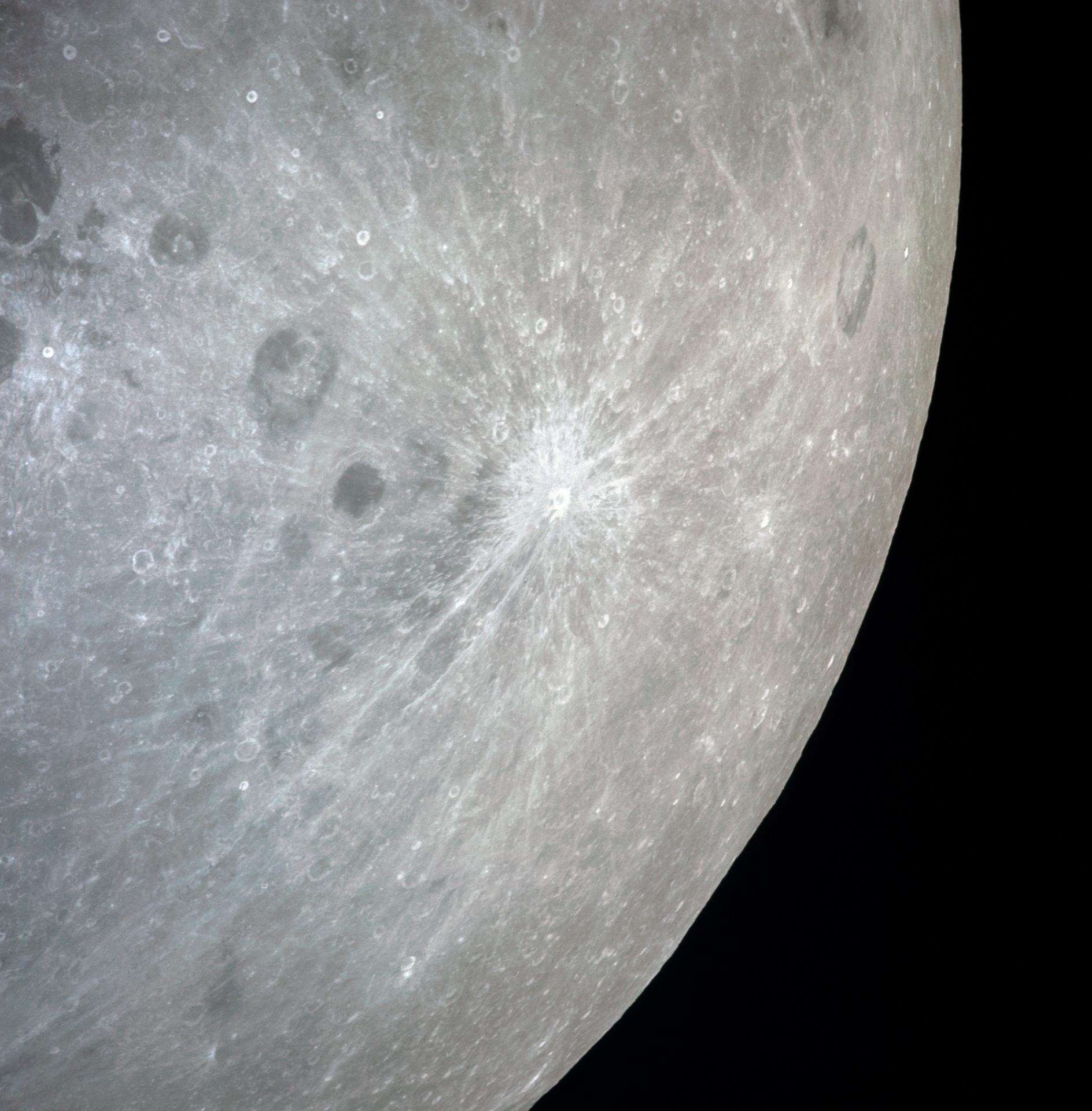Polar Resources Ice Mining Experiment 1 (PRIME-1)
NASA's PRIME-1 experiment will launch on Intuitive Machines-2 and perform a drilling demonstration on the Moon.
Lead Center
Instruments
Space Technology Mission Directorate

What is PRIME-1?
The data from PRIME-1 will help scientists understand in-situ resources on the Moon, including resource location mapping.
Polar Resources Ice Mining Experiment-1 (PRIME-1) is a suite of two instruments designed to demonstrate technologies that will help scientists better understand lunar resources, in preparation for planned Artemis missions to send humans to the Moon. The TRIDENT drill will demonstrate that we can extract lunar soil, or regolith, up to about three feet below the surface, and MSOLO, a mass spectrometer, is designed to analyze the composition of that sample for water and other components.
Learn More About Payloads Flying with PRIME-1 about What is PRIME-1?NASA Tipping Points
What's Flying with PRIME-1?
In addition to PRIME-1, the Intuitive Machines Nova-C lander will also carry two commercial payloads developed with NASA investment. These Tipping Point technology demonstrations were funded by NASA’s Space Technology Mission Directorate.
A technology at a ‘Tipping Point’ requires additional development to become widely adopted and commercially viable for the aerospace industry. To foster innovation and competition, NASA invests in commercial technologies that support future government missions. By leveraging public-private partnerships, NASA reduces the risk and cost of advancing emerging space technologies.
Learn More About Tipping Point Investments about What's Flying with PRIME-1?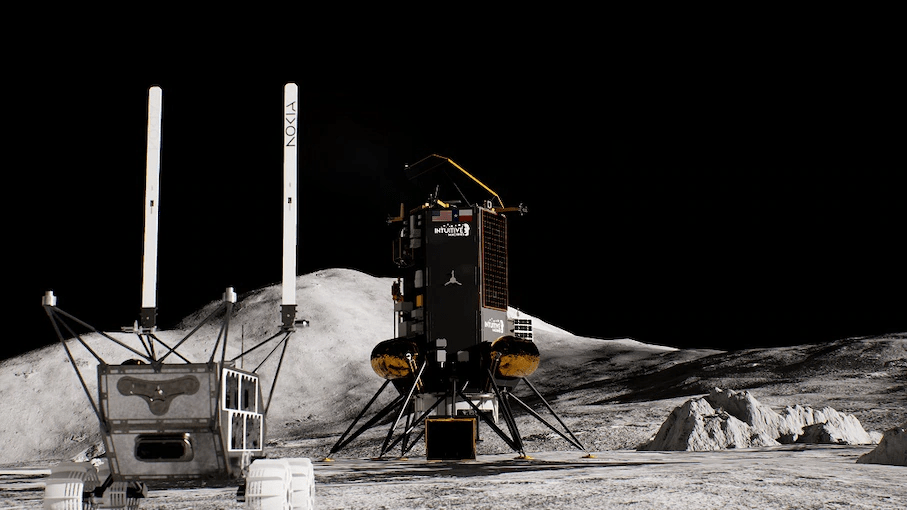
Meet Grace, the Micro-Nova Hopper
Intuitive Machines’ MicroNova hopper robot will enable high-resolution surveying of the lunar surface under its flight path.
This robot will aim to deploy to the surface and hop into a nearby crater to survey the lunar surface and send science data back to the lander. It is designed to hop in and out of permanently shadowed regions (craters), providing a first look into undiscovered regions that may provide critical information to sustain a human presence on the Moon.
The Micro-Nova hopper will use sensors to scan for hydrogen as a proxy for detecting water, indicative of ice deposits. It will also make temperature measurements throughout its journey, including inside extremely cold permanently shadowed regions. All data collected by the Micro-Nova will be transmitted over the Nokia network to Athena, where it would be relayed back to Earth.

A 4G Network on the Moon
Nokia’s Lunar Surface Communication System (LSCS) 4G LTE communications system will demonstrate communications between the IM Nova-C lander, a Lunar Outpost rover, and the MicroNova hopper.
This capability on IM-2 will demonstrate proximity communications between the IM Nova-C lander, a Lunar Outpost Rover (the Mobile Autonomous Prospecting Platform or MAPP), and the Micro-Nova Hopper. Utilizing the same 4G/LTE cellular technology used by billions of devices on Earth, Nokia Bell Labs reconceptualized the system to meet the unique requirements of a lunar mission.
The network is engineered to handle surface connectivity between the lander and multiple vehicles, carrying high-definition video streaming, command-and-control communications and telemetry data. Intuitive Machines expects to relay data from the LSCS back to Earth using its direct-to-Earth data transmission service.

Media
